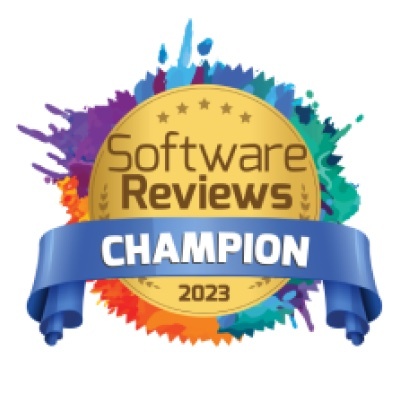Within a big data environment, the process of data lineage basically remains the same. We can still understand where the data comes from, its specific flow, any transformations it underwent, and where it exists now. Although data lineage looks similar to smaller data environments, the data itself is much more complex because more data sources and locations exist. Big data contains a plethora of storage systems, technologies and connected platforms. A big data environment requires data transformation performed by Java, Python, and Scala, as opposed to traditional ETL tools. Although transforming data lineage can be achieved with native tools within the platform, these tools may not be able to work to their full capacity with the large amount of big data available.
It is easiest to understand data lineage in a big data environment with an automated data lineage tool. Even though there is a massive amount of data, companies can instantly track any changes that their data encounters as it flows through various pipelines, such as ETL, databases, and reports. BI teams can also discover the source of an error and gain clarity on why some reports were incorrect or inaccurate. Automated data lineage allows BI and analytics professionals to easily complete system migrations, without the worry that some important information was left behind or deleted. Big data environments hold many valuable insights that can inform both business intelligence and critical decisions that will impact the company’s future.


